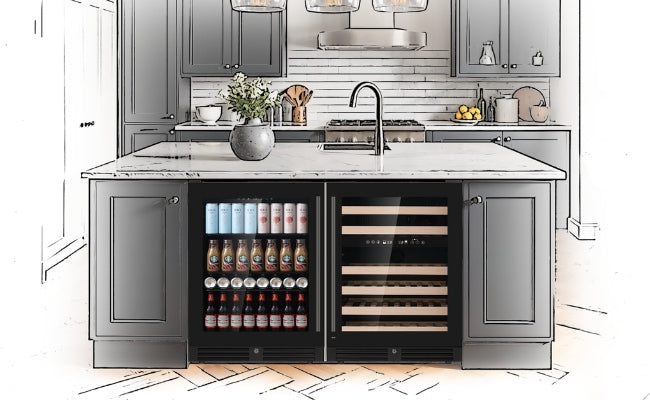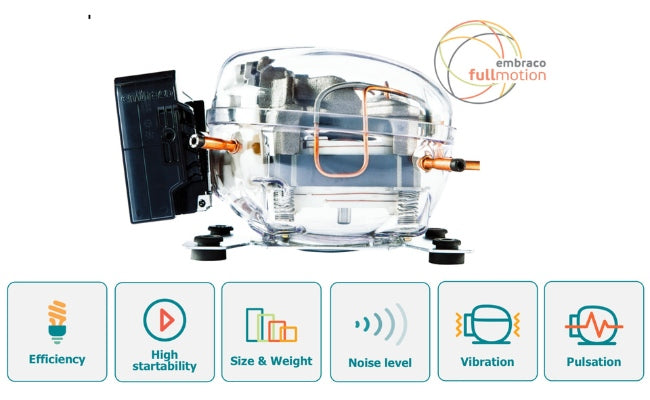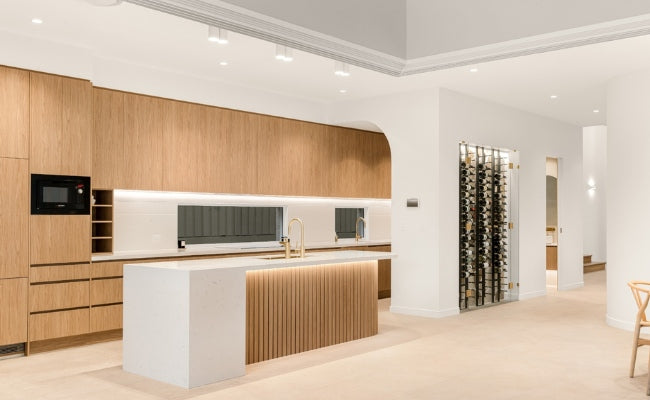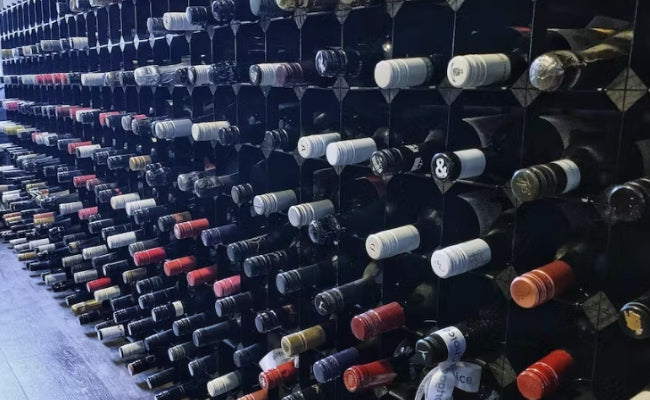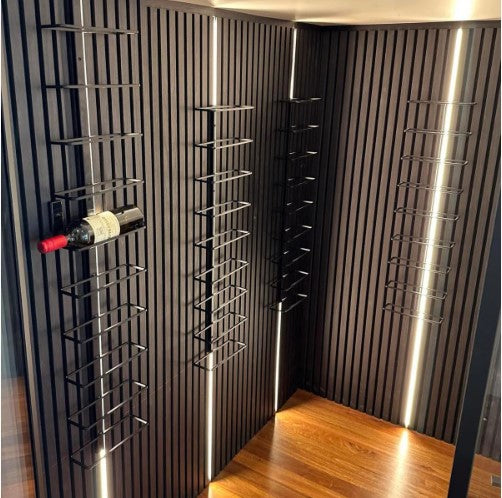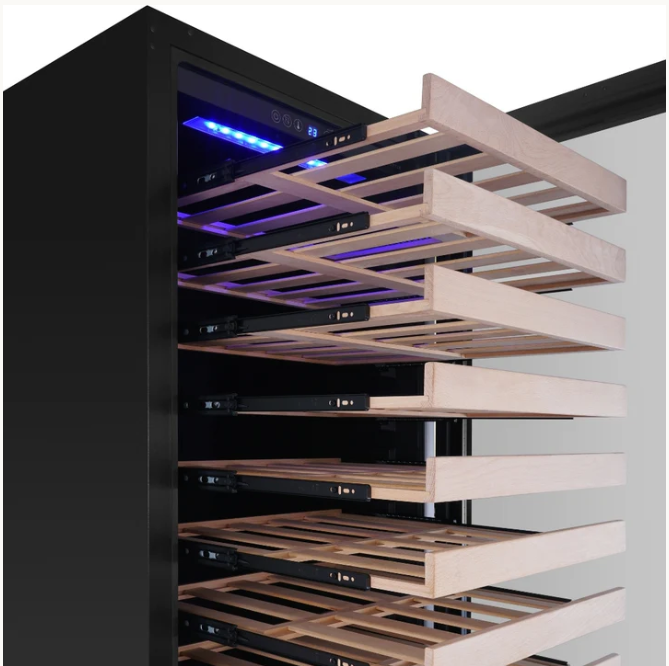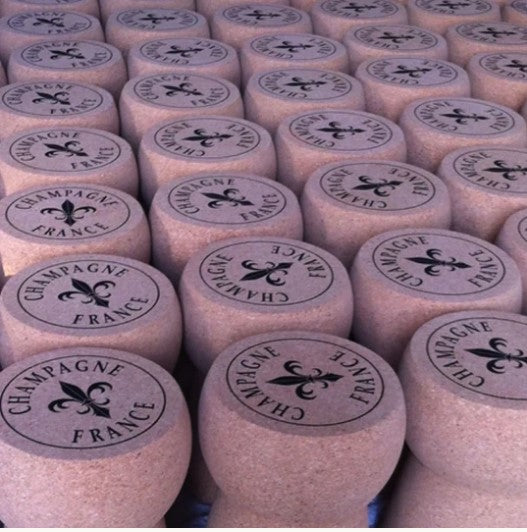
Cork vs. Screw Cap Closures: Uncorking the Debate in the World of Wine
In the intricate and nuanced world of wine, the choice of bottle closure—whether cork or screw cap—plays a significant role. This seemingly small detail impacts not just the wine's preservation and taste, but also its price, the overall experience of opening the bottle, and even its transportability and aging capacity. Here's a detailed look into the differences between cork and screw cap closures and how each influences your wine experience.
Cork Closures: Tradition and Terroir
For centuries, cork has been the preferred closure for wine bottles. Its use dates back to the ancient Greeks and Romans, who discovered that cork’s flexibility and impermeability made it ideal for sealing amphorae and bottles. By the 17th century, as glass wine bottles became the norm, cork closures rose to prominence due to their ability to create an airtight seal.
Impact on the Wine: Cork has been the traditional choice for sealing wine bottles for centuries. The natural porous nature of cork allows a small amount of oxygen to interact with the wine over time. This slow oxidation can enhance the wine's complexity and bouquet, particularly beneficial for wines that are intended to age.
Price: Cork closures tend to be more expensive due to the labor-intensive process of harvesting cork from cork oak trees and the quality control required to prevent issues like cork taint. This can add to the overall cost of the wine.
Experience of Opening: There is a certain romance and ritual associated with uncorking a bottle of wine. The pop of the cork has a sensory appeal that many wine enthusiasts cherish. It’s an experience that evokes tradition and celebration.
Transportability: Cork-sealed bottles are generally more susceptible to leakage and damage if not stored correctly, especially during transportation. Proper temperature control and positioning are crucial to maintaining the integrity of the cork.
Aging Capacity: Cork’s ability to allow minimal oxygen ingress makes it ideal for wines that are meant to be aged. The gradual interaction with oxygen helps develop and mature the wine’s flavors over years, sometimes even decades.
Screw Cap Closures: Modern Efficiency and Consistency
Screw caps were introduced in the mid-20th century as a practical and affordable alternative to cork closures. Initially associated with inexpensive wines, screw caps struggled to gain acceptance in the traditional wine market. However, their advantages have since made them a favorite among many winemakers, particularly in New World regions like Australia and New Zealand.
Impact on the Wine: Screw caps offer an airtight seal, significantly reducing the risk of oxidation and preserving the wine’s freshness. This makes screw caps particularly suitable for white wines and younger reds that are meant to be consumed soon after bottling. The consistency provided by screw caps ensures that each bottle of wine tastes as the winemaker intended.
Price: Screw caps are generally cheaper to produce and apply, which can help reduce the overall cost of the wine. This cost efficiency is often reflected in the retail price, making wines with screw caps more accessible.
Experience of Opening: While lacking the traditional charm of a cork, screw caps provide a practical and user-friendly experience. They are easy to open without the need for a corkscrew, making them convenient for casual occasions and outdoor settings.
Transportability: Screw caps provide a secure seal that is less affected by changes in temperature and positioning, making them more reliable during transportation. They minimize the risk of leakage and spoilage, ensuring that the wine arrives in optimal condition.
Aging Capacity: The debate over the aging potential of screw cap-sealed wines continues. While screw caps prevent oxidation, they also limit the wine’s ability to develop complexity over time. However, advancements in screw cap technology have led to the development of versions that allow controlled oxygen ingress, mimicking the benefits of cork while maintaining the seal's reliability.
How Closures Affect Wine Quality
The choice of closure has a direct impact on the wine’s quality, aging potential, and overall drinking experience.
Cork Closures and Aging Potential
Cork’s porous structure allows a small amount of oxygen to interact with the wine over time. This slow, controlled oxidation is essential for the aging process, particularly for red wines. It enhances complexity, softens tannins, and develops nuanced flavors and aromas.
For wines designed to be cellared for decades—such as premium Bordeaux, Burgundy, and Barolo—cork remains the preferred choice. The gradual evolution of these wines is often attributed to the unique properties of cork closures.
However, cork’s natural variability means that not every bottle will age consistently. Imperfect seals can lead to oxidation or premature aging, which is a concern for collectors and winemakers alike.
Screw Caps and Freshness
Screw caps excel at preserving the freshness and purity of wines. By creating an airtight seal, they prevent unwanted oxygen exposure, ensuring that the wine remains vibrant and true to the winemaker’s intentions.
This makes screw caps particularly suitable for young wines, including crisp whites like Sauvignon Blanc and Riesling, as well as rosés. While they were once criticized for being unsuitable for long-term aging, research has shown that screw caps can perform just as well as cork for medium-term storage. Innovations in screw cap technology continue to enhance their aging capabilities.
Cost Comparison: Value for Winemakers and Consumers
Cork closures are generally more expensive than screw caps due to the labor-intensive harvesting process and the need for quality control. For wineries producing premium wines, this added cost is often justified by the perceived value that cork brings to the product.
Screw caps, by contrast, are cost-effective to produce and install. Their affordability allows winemakers to allocate resources to other aspects of production, such as vineyard management and marketing.
Consumer Perception: A Blend of Tradition and Innovation
For many consumers, cork closures represent the epitome of tradition and quality. The ritual of uncorking a bottle adds a sense of occasion and authenticity to the wine-drinking experience. This cultural significance makes cork the preferred choice for high-end wines and special occasions.
Screw caps, on the other hand, appeal to modern sensibilities. Their convenience and reliability resonate with younger wine drinkers and those seeking a hassle-free experience. As perceptions continue to evolve, screw caps are increasingly seen as a practical and innovative choice.
Comparing Cork and Screw Caps in Wine Storage
Storage Conditions for Cork-Sealed Wines
- Horizontal Storage: Cork-sealed bottles must be stored horizontally to keep the cork moist. This prevents the cork from shrinking and allows for a consistent seal.
- Humidity Control: A relative humidity of 50–80% helps maintain the cork’s elasticity. Too much dryness or humidity can lead to cork degradation.
- Temperature Stability: Wines with cork closures benefit from a consistent temperature of 10–15°C (50–59°F). Sudden temperature changes can cause the cork to expand or contract, compromising the seal.
Storage Conditions for Screw Cap-Sealed Wines
- Flexibility in Orientation: Screw caps do not require horizontal storage, as they rely on a mechanical seal rather than a natural material. This makes them ideal for compact storage solutions.
- Temperature Control: While screw caps are less sensitive to environmental factors, wines should still be stored at a stable temperature to preserve quality.
- Ease of Resealing: Opened bottles with screw caps can be securely resealed, extending their freshness.
Conclusion
The choice between cork and screw cap closures ultimately comes down to the type of wine and the preferences of the consumer. Cork closures are steeped in tradition and offer benefits for aging wines, but they come with a higher price and the risk of cork taint. Screw caps, on the other hand, provide consistency, convenience, and cost efficiency, making them ideal for wines meant to be enjoyed young.
Both closures have their place in the wine world, each offering unique advantages that enhance different aspects of the wine experience. Whether you appreciate the time-honored ritual of uncorking a bottle or the practicality of a screw cap, understanding these differences can help you make more informed choices and deepen your appreciation for the art of wine.

